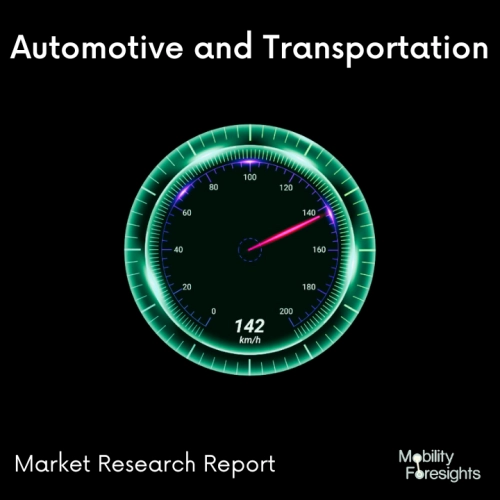
- Get in Touch with Us

Last Updated: Apr 25, 2025 | Study Period: 2023-2030
The present invention relates to a system for sealing a cavity of an automotive vehicle frame, where a wall is associated with an automotive vehicle structure and an expandable material is disposed by an extruder over at least a portion of said wall and in contact with said wall prior to expansion of said expandable material, wherein the expandable material's expansion rate is at least when exposed to heat typically provided to the vehicle frame during automotive vehicles.
Wax-based product for rust, salt, and water resistance on interior car body profiles such doors, wings, body-fixing frames, sills, carrying components of floor panels, etc. It may be poured with ease and has ideal penetrating qualities. It has a translucent amber colour and does not flow off the vertical surfaces. Lacquer, rubber components, and plastic materials are unaffected.

The Global automotive Cavity Sealing materials market accountedfor $XX Billion in 2021 and is anticipated to reach $XX Billion by 2030, registering a CAGR of XX% from 2022 to 2030.
The current invention generally pertains to cavity sealing, such as improving sound absorption in an automobile, increasing vehicle stiffness, and/or preventing entry of unwanted components like air, dust, and/or moisture into the frame.
The invention specifically relates to a white automotive vehicle body system. The transportation sector is still in need of baffling, reinforcing, and sealing techniques that improve functionality while also being lighter and cheaper.
Employing baffle structures within the hollow cavities of the body in white construction is one way to efficiently stop sound from travelling through the sheet metal cavities and/or prevent undesirable components like air, dust, and/or moisture from entering the frame.
However, there is always room for improvement, whether it be in terms of noise reduction, vehicle structure stiffness, or elimination of undesirable components like air, dust, and moisture penetration.
An extruder applies the expanding material to the wall of a construction for an automobile. This extruder is ideally coupled to a robot that can move it in relation to the wall. Visualisation tools, like a camera that takes photographs of the applied expandable material bead, can enable this application. The expandable material's placement and/or shape can be determined using an associated computer system.
| Sl no | Topic |
| 1 | Market Segmentation |
| 2 | Scope of the report |
| 3 | Abbreviations |
| 4 | Research Methodology |
| 5 | Executive Summary |
| 6 | Introduction |
| 7 | Insights from Industry stakeholders |
| 8 | Cost breakdown of Product by sub-components and average profit margin |
| 9 | Disruptive innovation in the Industry |
| 10 | Technology trends in the Industry |
| 11 | Consumer trends in the industry |
| 12 | Recent Production Milestones |
| 13 | Component Manufacturing in US, EU and China |
| 14 | COVID-19 impact on overall market |
| 15 | COVID-19 impact on Production of components |
| 16 | COVID-19 impact on Point of sale |
| 17 | Market Segmentation, Dynamics and Forecast by Geography, 2023-2030 |
| 18 | Market Segmentation, Dynamics and Forecast by Product Type, 2023-2030 |
| 19 | Market Segmentation, Dynamics and Forecast by Application, 2023-2030 |
| 20 | Market Segmentation, Dynamics and Forecast by End use, 2023-2030 |
| 21 | Product installation rate by OEM, 2023 |
| 22 | Incline/Decline in Average B-2-B selling price in past 5 years |
| 23 | Competition from substitute products |
| 24 | Gross margin and average profitability of suppliers |
| 25 | New product development in past 12 months |
| 26 | M&A in past 12 months |
| 27 | Growth strategy of leading players |
| 28 | Market share of vendors, 2023 |
| 29 | Company Profiles |
| 30 | Unmet needs and opportunity for new suppliers |
| 31 | Conclusion |
| 32 | Appendix |